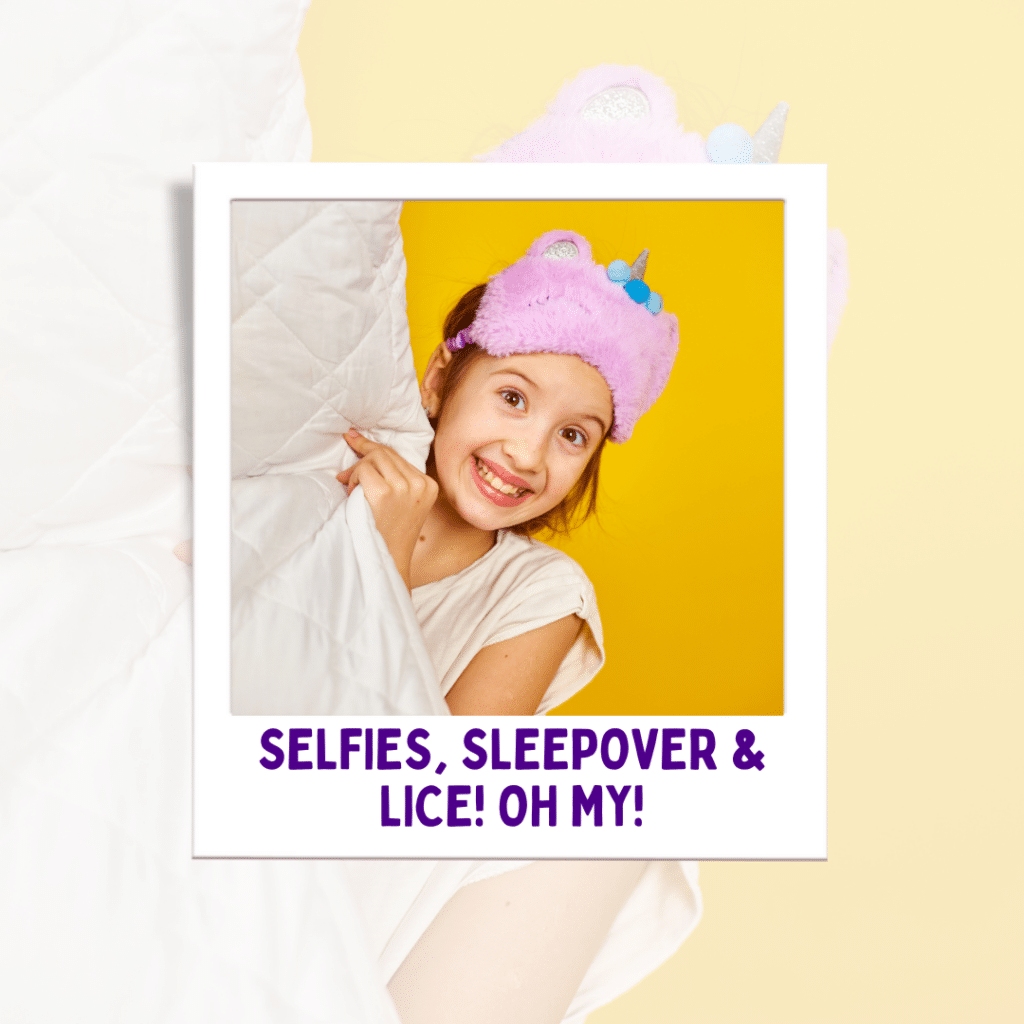
As spring break approaches, teenagers eagerly anticipate sleepovers, beach days, and, of course, capturing memories with endless selfies. However, amidst the excitement lurks a less glamorous concern: head lice. While sleepovers have long been associated with lice spread, the debate over whether selfies contribute to lice transmission remains contentious. Let’s explore both topics and how to keep your teen lice-free during spring break.
The Spread of Head Lice
Head lice are small parasitic insects that infest the scalp and hair, causing itching and discomfort. The primary mode of transmission is direct head-to-head contact with an infested person. However, sharing personal items such as hats, hairbrushes, and bedding can also facilitate lice spread. Sleepovers, where close contact among friends is common, create an ideal environment for lice transmission.
Selfies: Friend or Foe?
The rise of social media culture has popularized selfies, prompting concerns about their role in lice transmission. Some experts argue that selfies, particularly those involving close physical proximity, can facilitate lice spread, especially among teenagers who often engage in group selfies during sleepovers or social gatherings. However, others dismiss this notion as marketing sensationalism, citing limited scientific evidence to support the claim.
Common Symptoms of Lice Infestations
Common symptoms of lice infestations include persistent itching of the scalp, visible lice or nits (lice eggs) on the hair shafts or scalp, scratch marks or irritated skin due to excessive scratching, difficulty sleeping, and the presence of lice in close contacts. The intense itching is often the most noticeable symptom, caused by an allergic reaction to lice bites. Additionally, the presence of adult lice or nits attached to the hair near the scalp clearly indicates an infestation. Scratching may lead to redness, irritation, and scratch marks on the scalp. Difficulty sleeping may occur due to increased itching and discomfort at night, when lice tend to be more active. Finally, if close contacts, such as family members or classmates, have been diagnosed with lice, monitoring for symptoms is essential as there is a higher risk of transmission.
What to Do If You Suspect a Lice Infestation
If you suspect a lice infestation in your teen, handling the situation calmly and promptly is crucial. Start by thoroughly examining their scalp, checking for lice and nits meticulously. Communicate openly with your teen about the issue, reassuring them and stressing the importance of treatment and prevention. If lice are found, initiate treatment promptly with a reliable product like the Licefreee Ultimate Family Kit. Additionally, inform any close contacts, such as friends or classmates, so they can also check for lice. After treatment, take preventive measures to avoid reinfestation, such as washing bedding and personal items. Follow up regularly to monitor for any signs of recurrence and address them promptly if necessary. By addressing the issue calmly and comprehensively, you can effectively manage a lice infestation in your teen and prevent its spread to others, allowing everyone to enjoy a lice-free spring break.
How to Prevent Lice Infestations
Regardless of the debate surrounding selfies, taking proactive measures to prevent lice infestations is essential, especially during spring break. Encourage your teen to:
Practice Good Hygiene: Emphasize the importance of regular hair washing with a quality lice treatment shampoo. Our Licefreee Everyday Shampoo eliminates lice and nits without harsh chemicals, providing peace of mind for parents and teens following an infestation.
Avoid Sharing Personal Items: Remind your teen to avoid sharing hats, hair accessories, and other personal items, particularly during sleepovers or group activities.
Minimize Close Contact: While avoiding physical contact with friends completely is unrealistic, encourage your teen to be mindful of excessive head-to-head contact, especially when taking selfies or participating in group activities.
Regular Head Checks: Conduct routine head checks to detect lice infestations early. Teach your teen to recognize the signs of lice, such as persistent itching or visible nits (lice eggs) attached to the hair shaft.
As teens gear up for spring break festivities, the risk of lice transmission looms in the background. While sleepovers and selfies may contribute to the spread of lice, implementing preventive measures can significantly reduce the likelihood of infestation. By promoting good hygiene practices, minimizing shared personal items, and staying vigilant for signs of lice, you can help keep your teen lice-free and ready to enjoy a fun-filled spring break.
